Air quality: essential aspect of every workplace
In an effort to make it possible to work with multiple people in the same place, it is important that air quality is measured constantly. So far, aerosols are known to have a tremendous effect on public health but this article is not about the health. Instead, this article focuses on the cause of bad air quality and what can be done about it.
HVAC (Heating, Ventilation and Air Conditioning) is poorly respected in many countries. Funny enough, countries that are relatively well to do, often show extremely bad conditions in buildings. Examples are England, The Netherlands, Belgium and France. Air conditioner rich countries, actually all over the world, show – in general – better air quality inside buildings and public places. It is not only an HVAC matter, it is often also climate related.
A study from 2019 by University of Leiden, showed that Amsterdam airport had probably the worst air quality inside the building, all over the premises. And an equally sized airport in Turkey (Istanbul) had the cleanest air. Dust particles and much more was measured. Apparently, the use of airconditioners and ventilation tunnels is essential for a good air quality system. But strangely enough millions of workers are locked up in environments with amateur ventilation. Not in poor countries, but in so called ‘rich and developed countries’.
Needless to say that Covid triggered the quest for better air conditioning and better air quality in public places and environments where multiple people gather for longer periods of time. The lack of air conditioning (the term needs an explanation, it means taking out the dirty air and bring in the new air) is one source for air going bad. Dust and germs accumulate and the effects should be well known.
What is more important, there are numerous devices present in many rooms causing the acceleration of air going bad. Examples are displays, computers (and servers) and heat generating components. This could be basically everything. A ventilator or fan moves air from one place to the other, using a turbine technique. But the result is that colder air is put in one place and warmer air in another place. And at the ends of the movement, dust, germs and particles will collect and cause moe, fluff an real dirt.
There are numerous causes for bad air and the effects are devastating. Feeling tired, pain in the eyes and headaches are just among the mild effects. Things could be much worse. Causing illness is the next known step. And in many traditional buildings, there is no way for better ventilation. That means that air quality needs to be improved using machines.
Touch display manufacturer i3 Technologies (from Belgium) has a tremendous footprint in the educational arena. And is used working in environments where beamers and displays are some of the causes of bad air. i3 also realised that it has the technology to display the information and do something about the awareness of bad air. With the introduction of the i3CAIR (Air Quality Sensor), i3 launches a 300 euro device to measure the air quality index, particle matters, the humidity, the temperature and the carbon dioxide in the room.
The awareness of air quality in the room and the workplace is the number one step to avoid all negative effects of bad air. Step number two is to act on it. Air purifiers could improve the quality, but bad air could also trigger airconditioning to start (if present).
Quintessence: Air quality is an underestimated subject in many workplaces. In many places where people come together, the quality of the air isn’t measured and no actions are taken to improve it. Displays, beamers, heat generating appliances including computers and servers cause acceleration to air deterioration. The result is bad air quality, un-fresh environments and poor conditions, causing possibly pain in the eyes, fatigue and probably even worse (disease, spread of germs and viruses). The air quality meter systems, such as i3CAIR, can warn for several indicators of bad air quality.
Collaboration rooms in particular are subject to bad air quality. Rooms with larger format displays are often poorly conditioned. i3 Technologies has created a sub 300 euro device to measure the quality of the air in a room.
Comments
Leave a Reply
You must be logged in to post a comment.
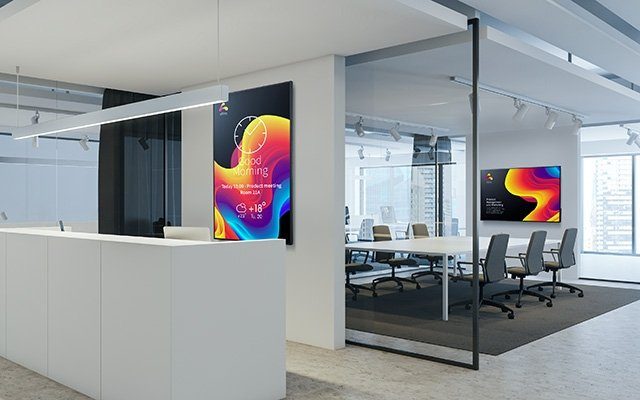
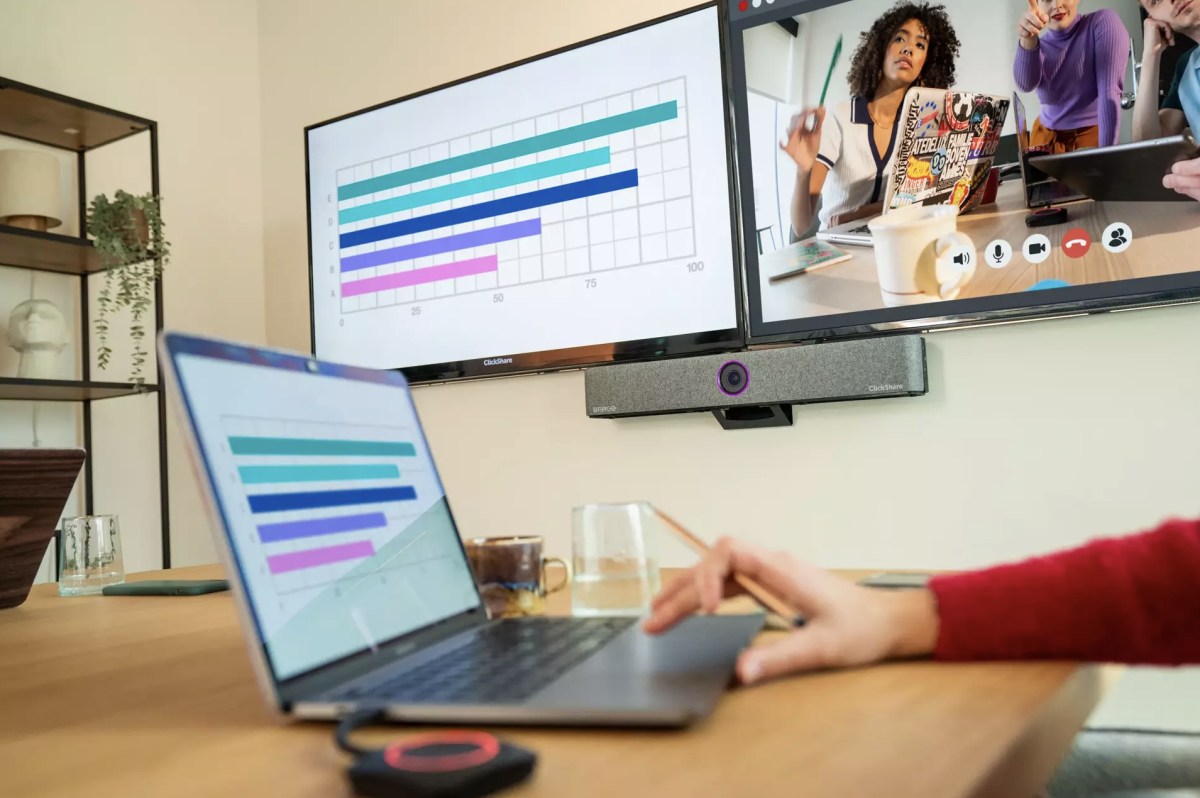





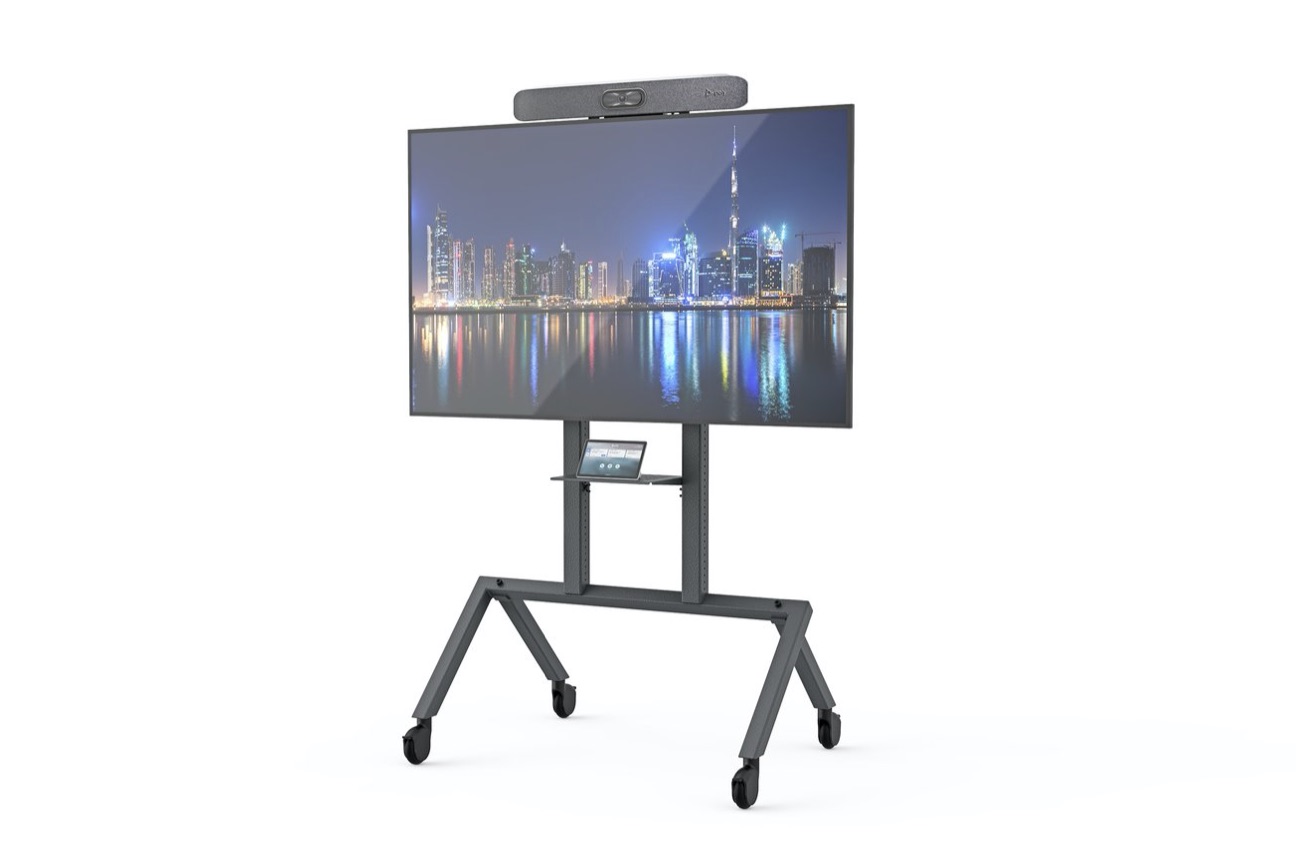

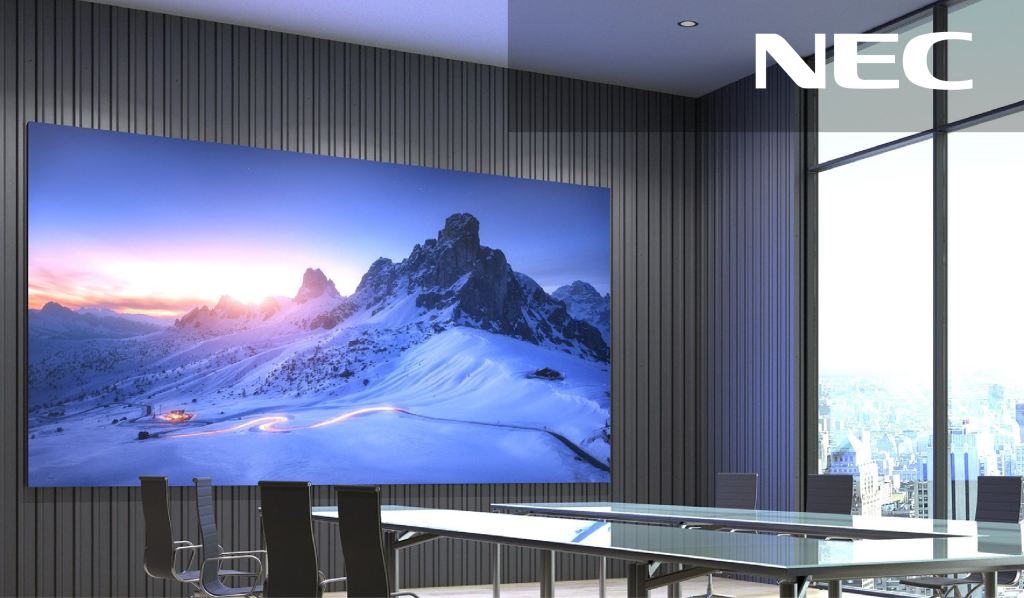

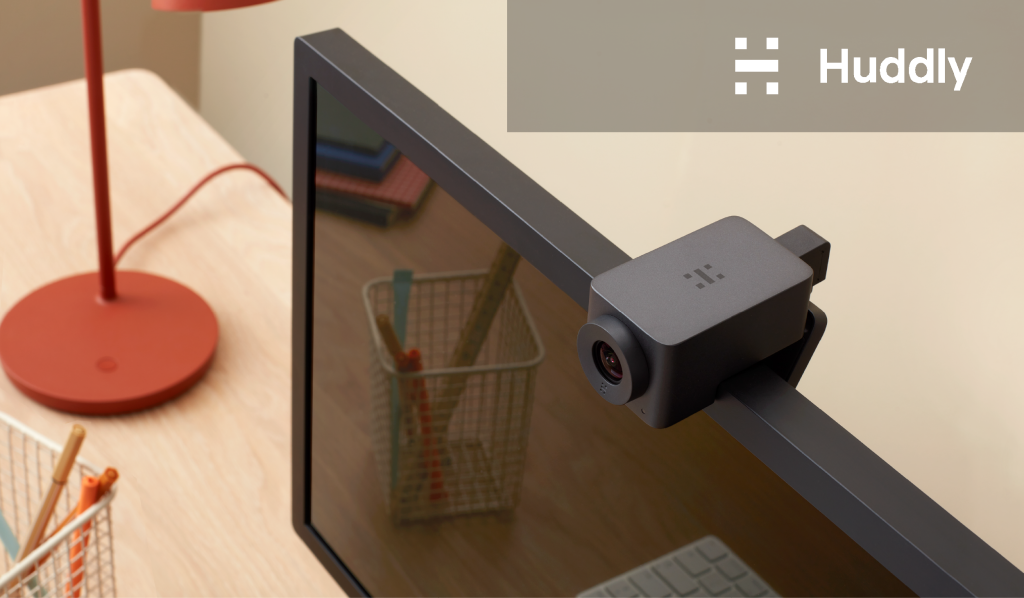
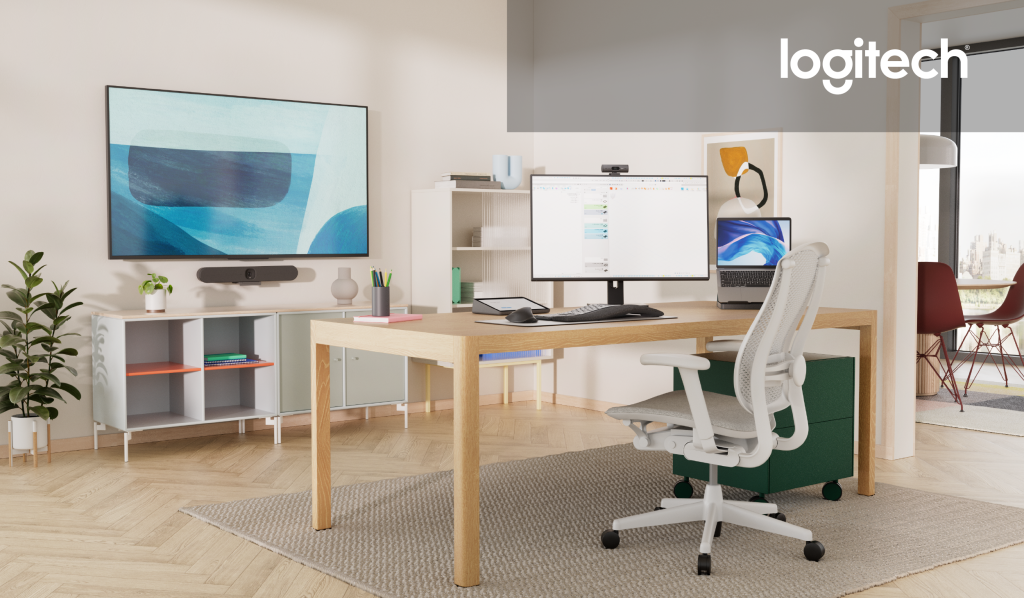
We get weary more often which leaves us with less concentration. This has to do with the quality of air we breathe.
i3 CAIR- Air Quality Sensor is a device to manage control over your indoor air quality. Measure humidity, temperature, dust particles and carbon dioxide. You will get information about the quality of air from the past 24 hours, notifications with unusual results, this way gives you the opportunity to observe this, and then to make any adjustments. It is a device especially suitable for classrooms and/or large meeting rooms, is compact and easy to place.
Now we are all dealing with COVID-19, good air quality is a must/requirement. Scientific research has shown that environmental conditions can influence the spread of COVID-19.
– Humidity: Viral particles can remain contagious for longer in humidity below 40% and above 80%
– Temperature: Viruses can increase at temperatures below 20°C
– Particle dust (PM2.5): Higher levels of particle pollution can lead to higher levels of infection.
– Carbon dioxide (CO2): A safe CO2 level is an excellent indicator of good indoor air quality.